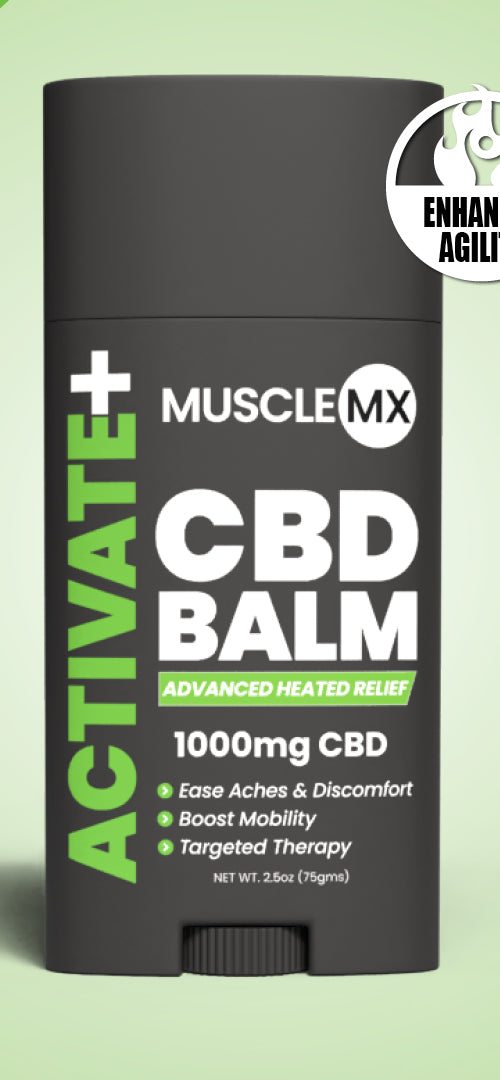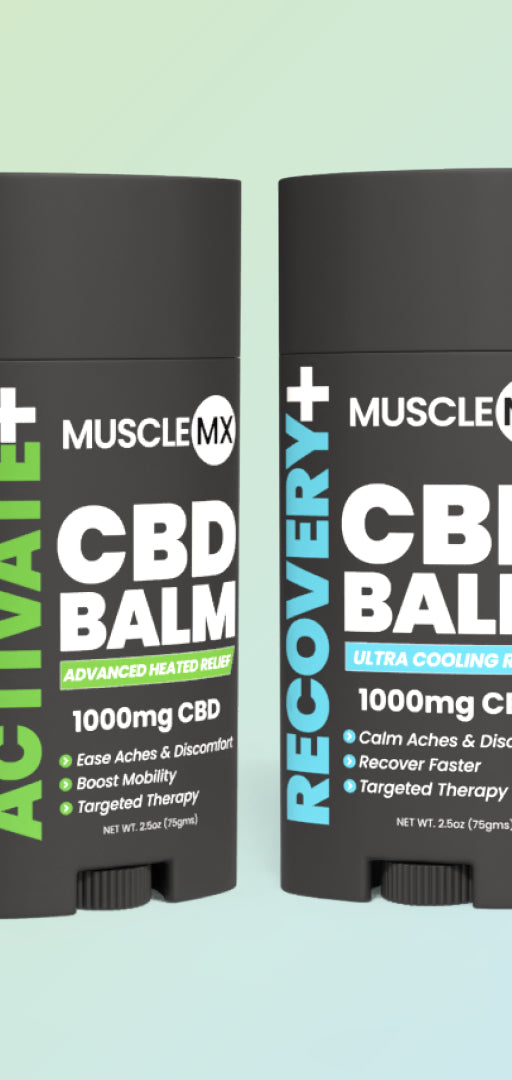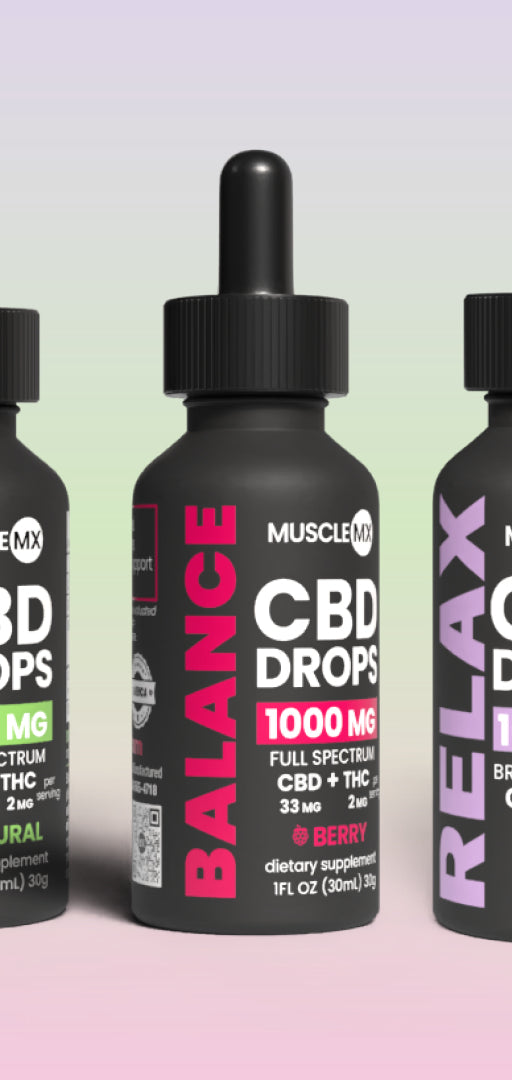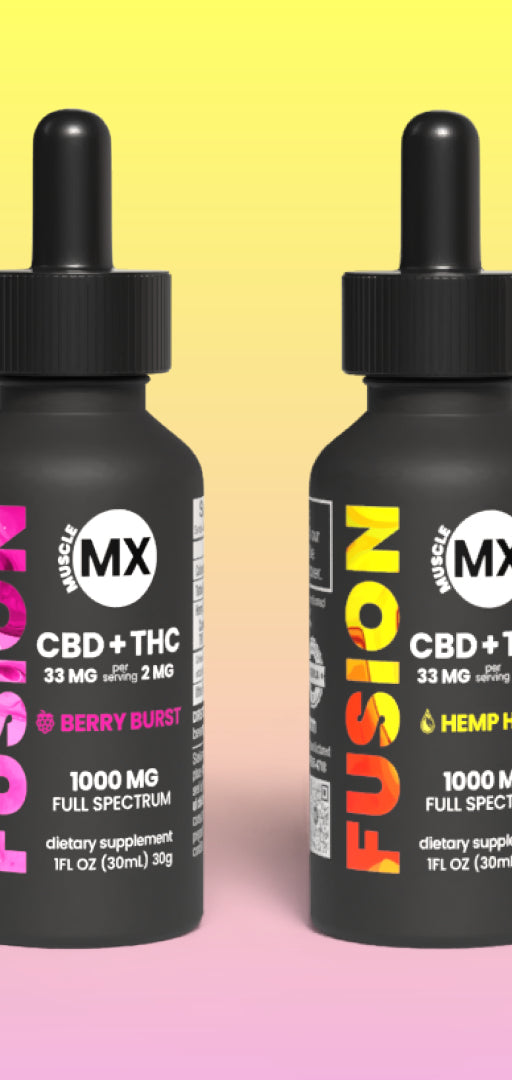Neck Strain: 6 Common Causes and Remedies
|
| Neck strain, a common discomfort that many of us experience, can be a real pain in the neck, both literally and figuratively. Whether it's the result of a long day hunched over a computer or an awkward sleeping position, neck strain can really put a damper on your day. |
But what exactly is neck strain, and why is it important to understand? We’ll get into these questions and provide a comprehensive overview of neck strain, including its causes, symptoms, and remedies. By arming ourselves with knowledge, we can better manage this common issue and take steps to prevent it.
What Is Neck Strain?
Neck strain is a condition where the muscles and ligaments in your neck become stretched or torn, often due to activities that involve prolonged or repetitive movement of the neck. This condition is sometimes referred to as a “pulled muscle,” where “pull” is just another term for a strain.
At the core of our neck structure is the cervical spine, a complex structure that supports the full weight of your head, allows you to move your head in various directions, and protects the spinal cord. The cervical spine comprises seven small vertebrae, with a series of muscles and ligaments providing additional support and stability. When these muscles or ligaments are overextended, neck strain can occur.
Neck muscles and ligaments are essential in maintaining the neck's range of motion. When you turn your head side to side, tilt it up or down, it's these soft tissues that are doing the heavy lifting. A neck strain can limit this range of motion, making it difficult to move your head in certain directions without discomfort.
Neck strain can significantly impact your daily activities. You might find it challenging to drive if you can't turn your head fully or struggle to focus on your work due to persistent discomfort. That's why understanding neck strain, its causes, and how to remedy it is essential. By recognizing the signs early, you can take necessary steps to soothe the discomfort and prevent it from worsening.
What Are the Common Causes of Neck Strain?
Understanding what can cause neck strain is a step forward in preventing it. Let's discuss some common causes.
-
Poor Posture: One of the most frequent culprits of neck strain is poor posture. Consistently maintaining a slouched or awkward position can put excessive pressure on the neck muscles and ligaments, leading to strain.
-
Whiplash Injury: Whiplash is a type of neck injury often resulting from a car accident or other high-impact event. It occurs when the head is forcefully jerked back and forth, causing the neck muscles and ligaments to stretch beyond their typical range of motion.
-
Sprain or Muscle Strain: Overexertion or a sudden, awkward movement can lead to a sprain or strain in the neck. This can occur during physical activities, like lifting heavy objects or engaging in vigorous exercise without proper preparation.
-
Degenerative Changes: Degenerative changes like bone spurs or spinal stenosis can occur as we age. Bone spurs are small, bony projections that form along the edges of bones, often in response to inflammation or damage. Spinal stenosis is a narrowing of the spaces within your spine, which can put pressure on the nerves that travel through the spine.
-
Car Accidents: High-impact events, such as car accidents, can cause sudden and forceful movements of the neck, leading to strain or sprain.
-
Musculoskeletal Issues: Conditions that affect your musculoskeletal system, like arthritis or fibromyalgia, can lead to neck strain. These conditions can cause stiffness and inflammation in the joints and soft tissues, contributing to discomfort in the neck.
What Are the Symptoms of Neck Strain?
Not all neck discomfort is due to neck strain, so how can you tell the difference?
One of the first signs of a neck strain is usually pain. This can range from a dull ache to a sharp, severe pain. The neck may also feel stiff and sore, making moving the head in certain directions difficult. Neck strain can also lead to muscle spasms in the upper back. These spasms can be quite painful and may limit your range of motion.
Other common symptoms of neck strain can include a headache, tingling or numbness in the arms, and difficulty sleeping due to discomfort.
How Is Neck Strain Diagnosed?
When it comes to diagnosing neck strain, healthcare providers and medical professionals play an essential role. They'll typically start with a thorough history and physical examination, asking about your symptoms, how they started, and any activities that may have contributed to the discomfort. They'll also assess your neck's range of motion and might palpate (or touch) your neck to identify any areas of tenderness or muscle tension.
In some cases, imaging tests like X-rays or magnetic resonance imaging (MRI) may be used to get a more detailed view of your cervical spine. These tests can help rule out other conditions that might be causing your symptoms, such as a pinched nerve or bone spurs.
Keep in mind that a proper diagnosis is key for getting effective treatment. Following your healthcare provider's advice and communicating openly about your symptoms and concerns is essential. This will help ensure you get the most effective and appropriate care for your situation.
How To Find Relief From Neck Discomfort
There are several ways to help ease the discomfort associated with neck strain. Let's explore some of them:
Stretch
Gentle neck stretches can help alleviate tension and discomfort. By gently moving the neck through its range of motion, you can help to loosen tight muscles and improve flexibility. Types of stretches may include gentle side-to-side movements, forward and backward tilts, and gentle rotations of the neck.
If your symptoms persist despite these stretches, a physical therapist can help. Physical therapy might include a combination of stretches, strengthening exercises, and other treatments designed to improve your neck's function and flexibility.
Over-the-Counter Pain Relievers
Over-the-counter pain relievers, such as Ibuprofen and Acetaminophen, can help to ease discomfort. These medications work by reducing the body's production of certain substances that can lead to inflammation and pain. However, they're not suitable for everyone and can have side effects, especially when used frequently or over a long period. Always follow the recommended dosage and consult your healthcare provider if you have any concerns.
Muscle relaxants can also be used to alleviate discomfort associated with neck strain. These medications work by relaxing tense muscles, which can help to reduce pain and improve range of motion.
However, like all medications, muscle relaxants can have side effects and should be used under the guidance of a healthcare provider.
Practice Good Posture
Good posture is key to preventing and managing neck strain. When you maintain a neutral spine position, the stress on your neck muscles and ligaments is minimized.
Try to keep your shoulders back and down, your spine straight, and your head facing forward when you're sitting or standing. If you work at a computer, make sure your monitor is at eye level so you're not constantly looking down or up.
Hot and Cold Therapy
Hot and cold therapy can be a simple and effective way to soothe neck discomfort. Cold therapy, like applying an ice pack, can help reduce inflammation and numb discomfort. It's most effective when used in the first 24 to 48 hours after a neck strain occurs.
On the other hand, heat therapy, like a warm shower or a heating pad, can help relax muscles and improve blood flow, particularly for chronic or ongoing discomfort.
Try CBD
If your healthcare provider has ruled out serious causes of neck discomfort and has given you the greenlight, CBD may be beneficial.
CBD, or cannabidiol, is a natural compound found in hemp plants, and it can be a great addition to your overall wellness routine. It works with the body's endocannabinoid system (ECS), a complex cell-signaling system that supports a variety of functions and processes, including stress response and discomfort perception. By interacting with the ECS, CBD can help maintain balance and soothe feelings of discomfort.
CBD comes in various forms, like CBD tinctures and CBD gummies, which can help encourage full-body relaxation and assist the body in maintaining healthy stress levels. This can be particularly beneficial for easing feelings of tension that often accompany neck strain.
Topical forms of CBD, like our Recovery CBD Balm, can be applied directly to the neck. They work by interacting with cannabinoid receptors in the area to provide immediate, targeted support when discomfort arises.
That said, every person is unique, and what works best for one person might not work as well for another. It's always a good idea to start with a low dose of CBD and gradually increase it until you find the amount that works best for you. Consult a healthcare professional if neck pain persists.
When To See a Doctor for Neck Pain
While neck pain is common and often manageable with home remedies, it's important to remember that it can sometimes be a sign of a more serious condition. For instance, conditions like meningitis, spinal cord issues, a pinched nerve, or chronic pain can all present with neck discomfort.
Signs you shouldn't ignore include severe pain that doesn't improve with rest, neck pain following a fall or accident, neck stiffness accompanied by a fever or headache, or difficulty moving your neck. Other concerning symptoms can include persistent or recurrent pain, numbness, weakness, or tingling in your arms or hands.
If you're experiencing any of these symptoms, it's important to seek medical care promptly to ensure appropriate treatment and prevent potential complications.
The Bottom Line
Neck strain can be a real pain, but understanding its causes, symptoms, and remedies can go a long way in managing it effectively. Small lifestyle changes like maintaining good posture, stretching regularly, or adding CBD to your daily routine can all make a difference.
When it comes to CBD, Muscle MX has you covered. We offer a range of third-party tested, all-natural CBD products designed to support your wellness journey. Whether it's a tincture or gummy to help encourage full-body relaxation or a topical balm to provide targeted support, CBD can be a valuable tool in your wellness arsenal.
We invite you to explore our full collection of soothing CBD products — your neck might just thank you!
Sources:
3 surprising risks of poor posture | Harvard Health
Pain in the neck? How to fix your posture | UCHealth Today
Ice Packs vs. Warm Compresses For Pain | Johns Hopkins Medicine
The endocannabinoid system: Essential and mysterious | Harvard Health










































